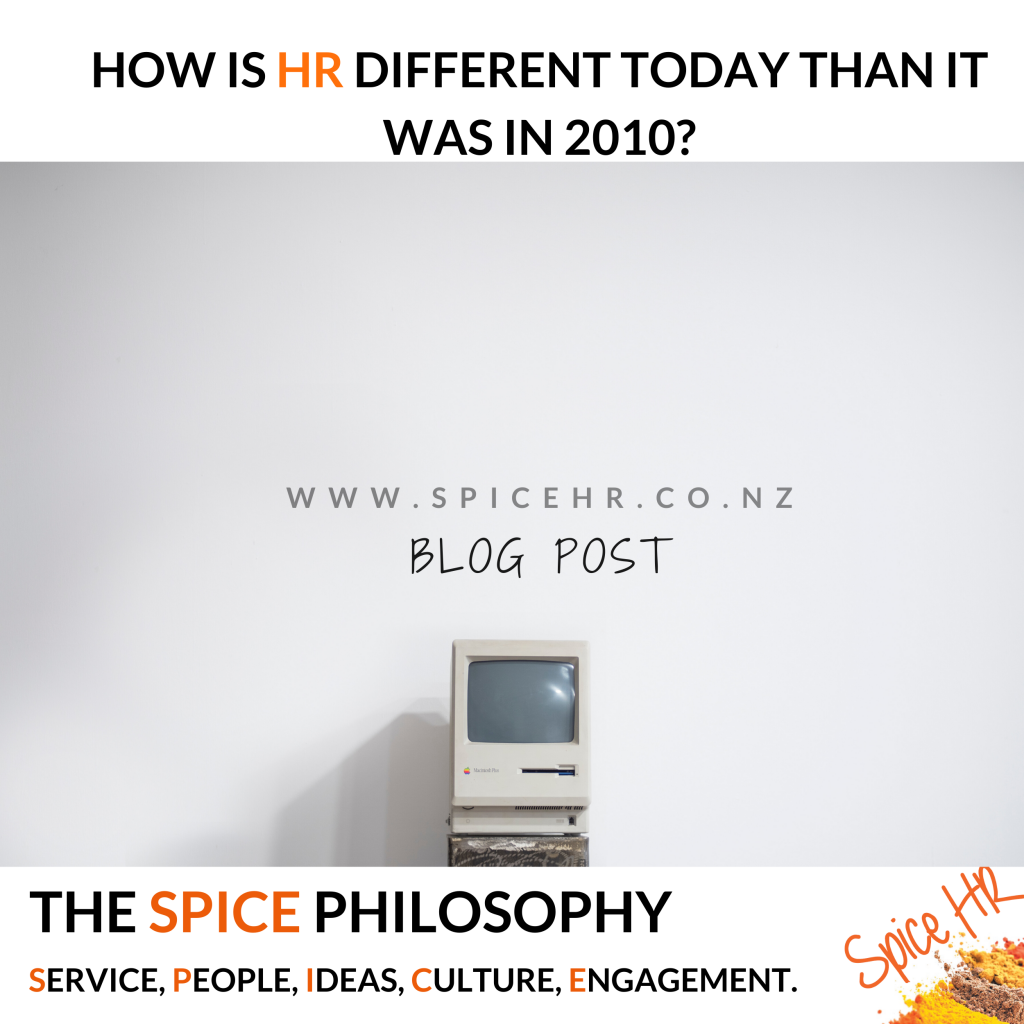
With everything that’s happened in the last year, it’s safe to say that wellbeing, life – and work – as we know it has changed. Every month that passes shows us how unlikely it is that things will return to exactly the way they were.
Business looks different, work-life looks different, and these changes aren’t so temporary anymore. That means it’s time to progress out of survival mode and into thrive mode.
Organisations need to look at workplace trends and think seriously about where they should be investing their time and energy. We need to think about staff wellbeing in the context of the “new normal”, how we can retain a cohesive team environment in these times of change and uncertainty, and how to prepare for the “next normal”, whatever that may be.
We know it can be overwhelming, but keep reading for some guidance on where and how you might want to start focusing your attention.
Workplace Trends Post-COVID-19
We know the pandemic is still here, but the immediate shock of it is passing. Businesses and individuals have begun to accept how things have changed, and we have all had some time to sit down, breathe, and take stock of how much has happened in the past year.
So, what’s next?
Time to review how well your team and organisation have adapted to physical distancing/remote working, and look at the trends for 2021 and beyond. Here’s an overview.
Remote working has increased
Well, duh! Yes, clearly, any organisation with the capability to implement remote work has done so.
But what’s interesting to note is that many will continue to explore and experiment with hybrid work/remote work even once the pandemic is under control. The “office” as we knew it will probably never be quite the same again.
Increased data collection
More employers are making use of technology to monitor their employees. Everything from productivity and engagement to wellbeing and employee experience is being tracked and analysed to create safe, productive, and innovative workplaces.
Increase of contingent workers
Many organisations are reducing the number of full-time employees and hiring contingent (freelance/gig) workers instead. This allows them flexibility and helps save costs but may lead to confusion around performance management as well as a loss of team cohesion.
Emphasis on the employer’s role in wellbeing
The pandemic has seen employers playing a vital role in the health and wellbeing of their employees. The emphasis has been on the ability of businesses to provide sick leave, financial assistance, flexible hours, and support for the wider community.
A move from efficiency to resilience
Pre-pandemic, the big focus was on efficiency. Now, the emphasis is more on building resilience in processes and organisations. Systems must be responsive and flexible to adapt to rapidly changing circumstances. Employees must be adaptable and have diverse, cross-functional roles that can navigate change.
What Thinking Do We Need To Alter?
The trends reflect the changes that most organisations have experienced. That is a move away from traditional workspaces and systems, and an increasing emphasis on strong, resilient, flexible teams and processes.
This is a defining time for all of us: how we respond to the trials of the last year will impact the future. And while things have been challenging, this moment in time presents a range of opportunities for businesses.
- Choose to be innovative. Strive for more resilient teams instead of trying to recreate what no longer works.
- Embrace the possibilities provided by hybrid and remote work.
- Introduce initiatives that bolster the wellbeing of your people.
- Find new ways to create and control your corporate identity and employer brand post COVID-19.
What Does Team Building Look Like Now?
When it comes to HR, one of your biggest challenges will be rethinking team building. With social distancing and hybrid work now par for the course, team bonding and culture development won’t happen quite so organically.
So, how can you provide spaces and opportunities for your team to bond away from the lunchroom and water cooler?
By behaving with intention and thinking outside the traditional office box.
Here are a few examples:
Host team huddles
Connect your entire team by having a regular online “huddle”. This could be for 15 minutes every morning to check-in and connect, or twice a week – whatever works for your organisation. This is not a formal meeting, but a time to chat, catch-up and check-in with one another.
Schedule virtual meet-ups
People need one-on-one time as well as group-bonding. One to one personal meetings are perfect for that. Facilitate online meet-ups for two people to chat and get to know each other better, or build on an existing established relationship.
Keep the game time going!
When our levels dictate that laser-tag or mini golf are a no-go, there are still plenty of games that can be played virtually by your team. Schedule some fun virtual activities that everyone can attend during a lockdown. Things like quizzes or online escape rooms are perfect.
Learn together
Successful teams learn new things together. Set up virtual workshops and webinars to promote professional development and facilitate online group learning.
Using Extended DISC To Get A More Informed Plan
A remote or hybrid team isn’t doomed when it comes to bonding or performance. In fact, research shows that remote teams can perform better than in-house teams if they are managed in the right way.
Extended DISC profiles can help managers understand the work style and personal preferences of their team members. They provide you with valuable insights into the best ways to manage individuals and bring them together.
You will learn how much support and contact each team member requires from you and what kind of work they respond well to.
If we have learned one thing from COVID-19, it’s the importance of a bonded, resilient team in navigating change. Challenges can bring people together or push them apart. The stronger your team is, the stronger your business is.
Regardless of what comes next, Spice HR is here to help you and your team navigate the new normal and prepare for what’s next. If you’d like advice or support about how to move forward, contact us for a chat today.









